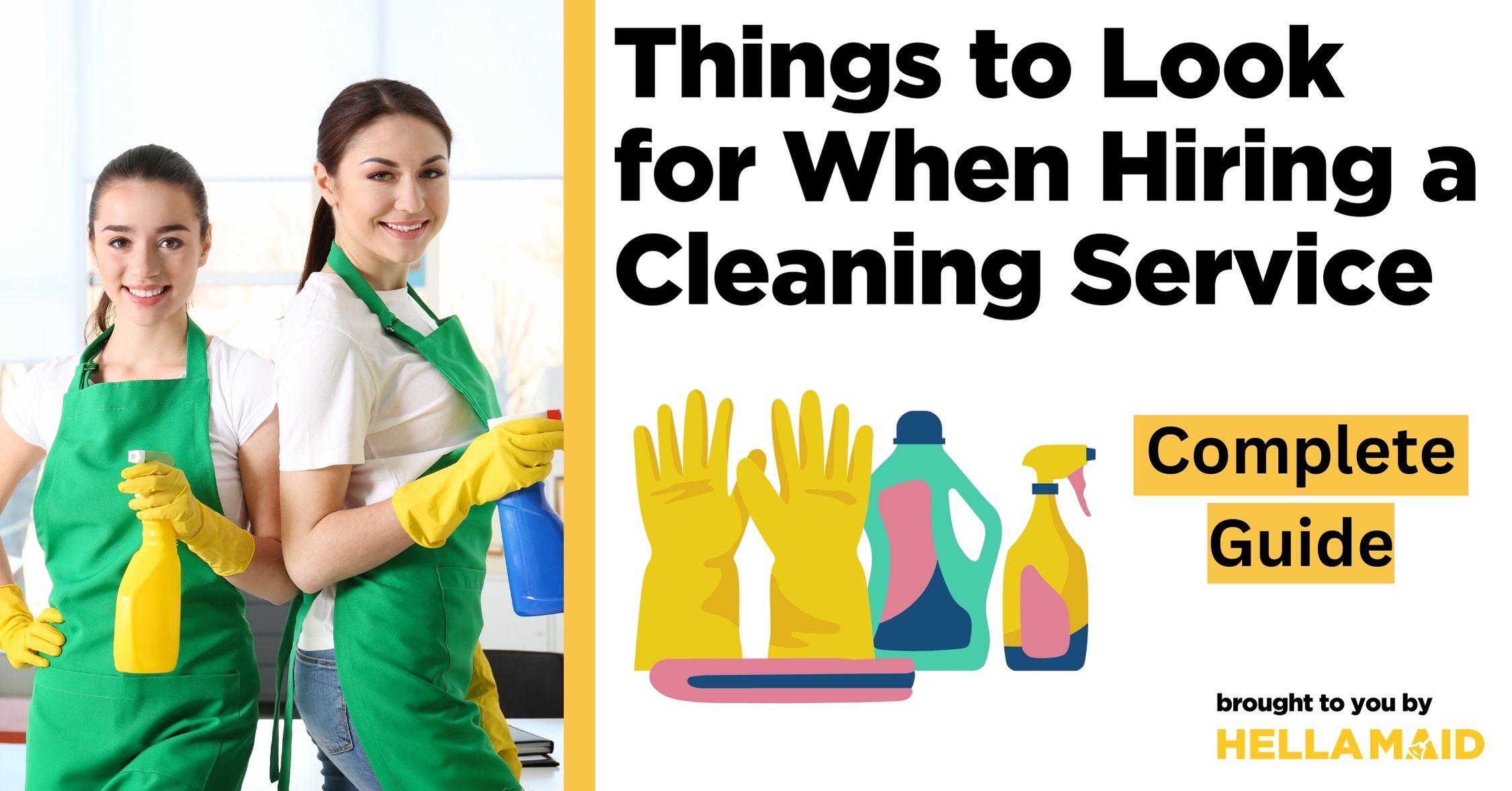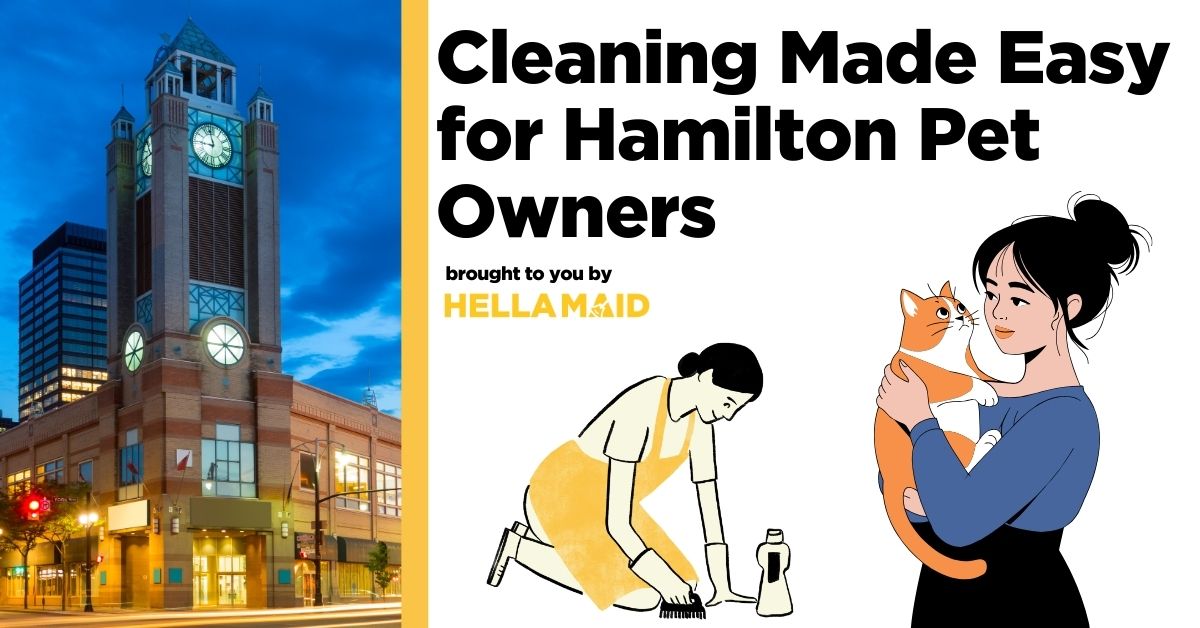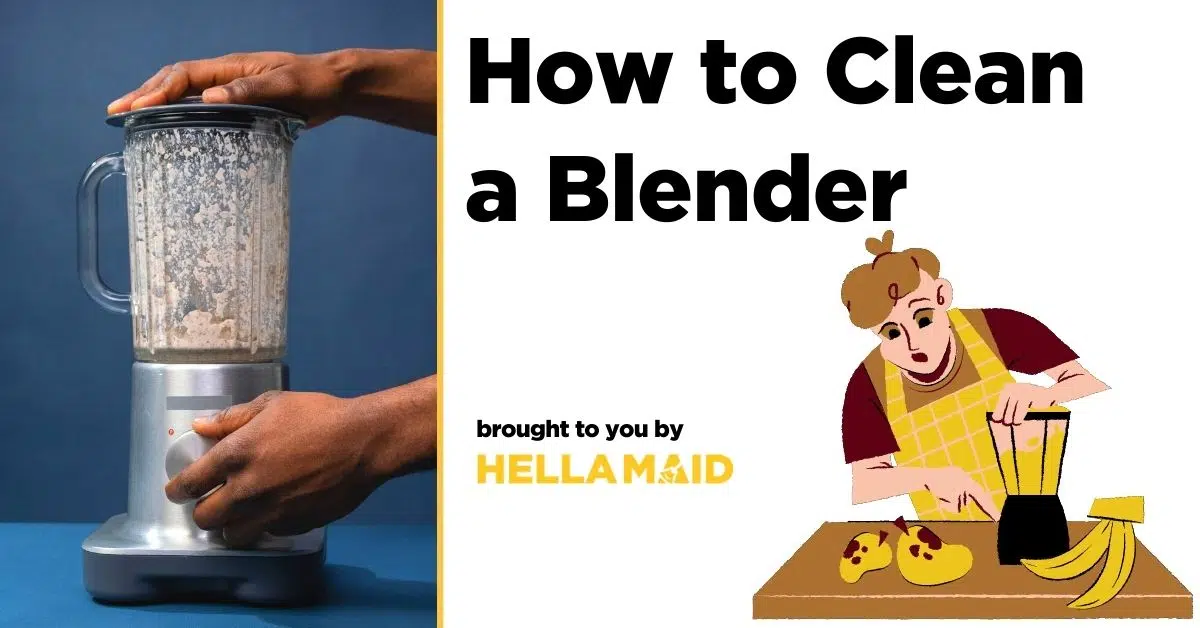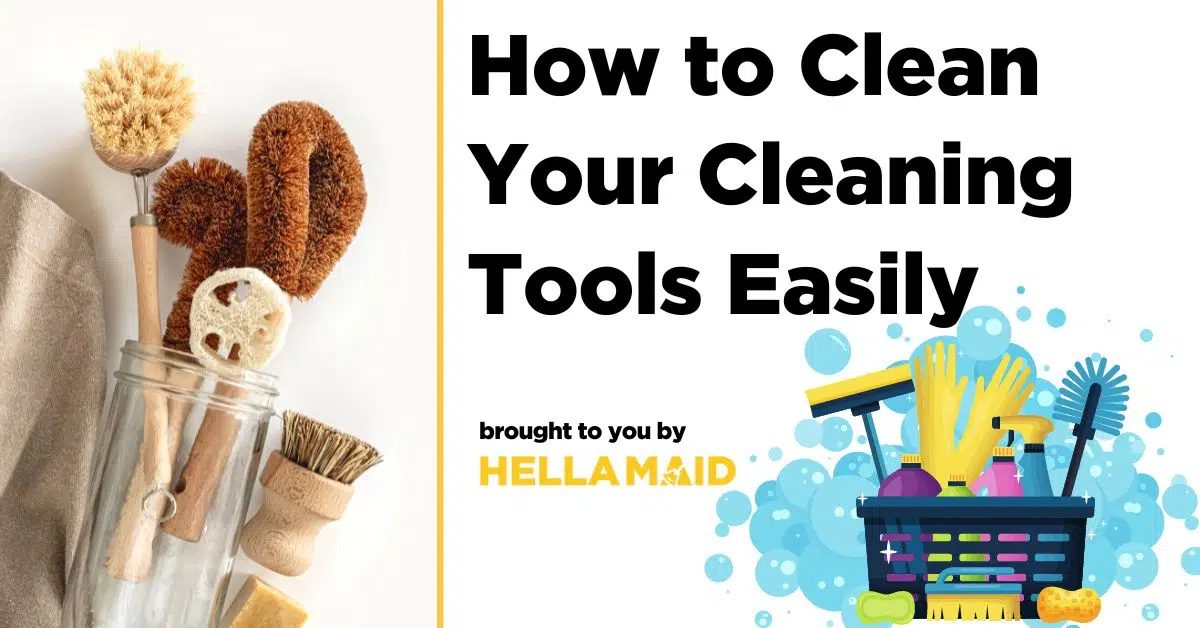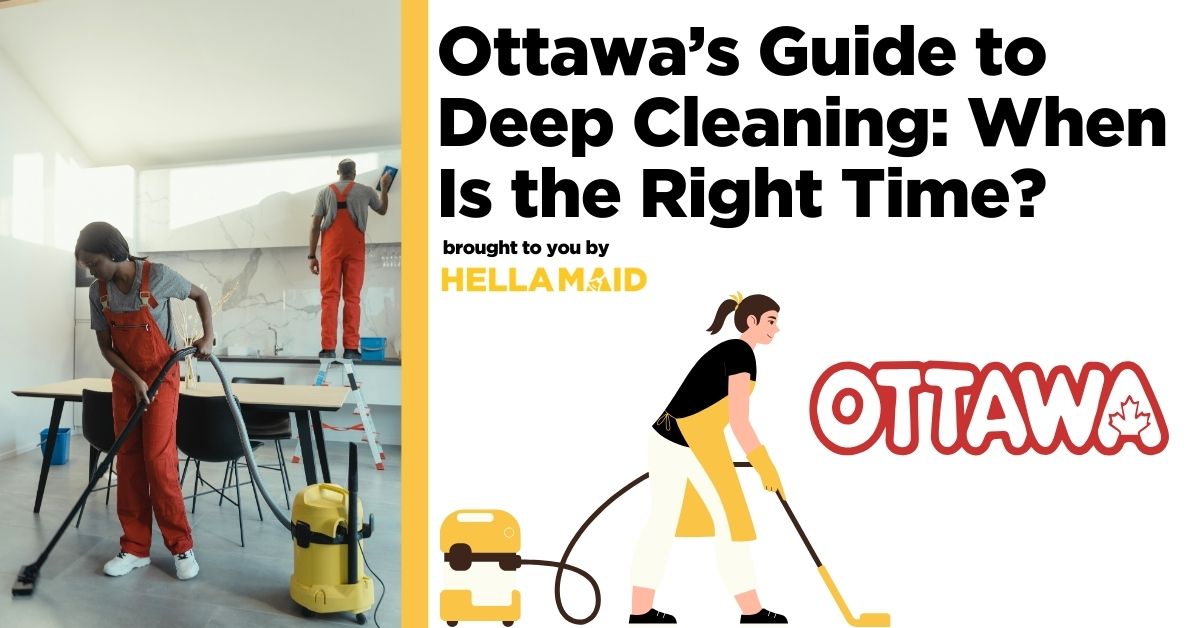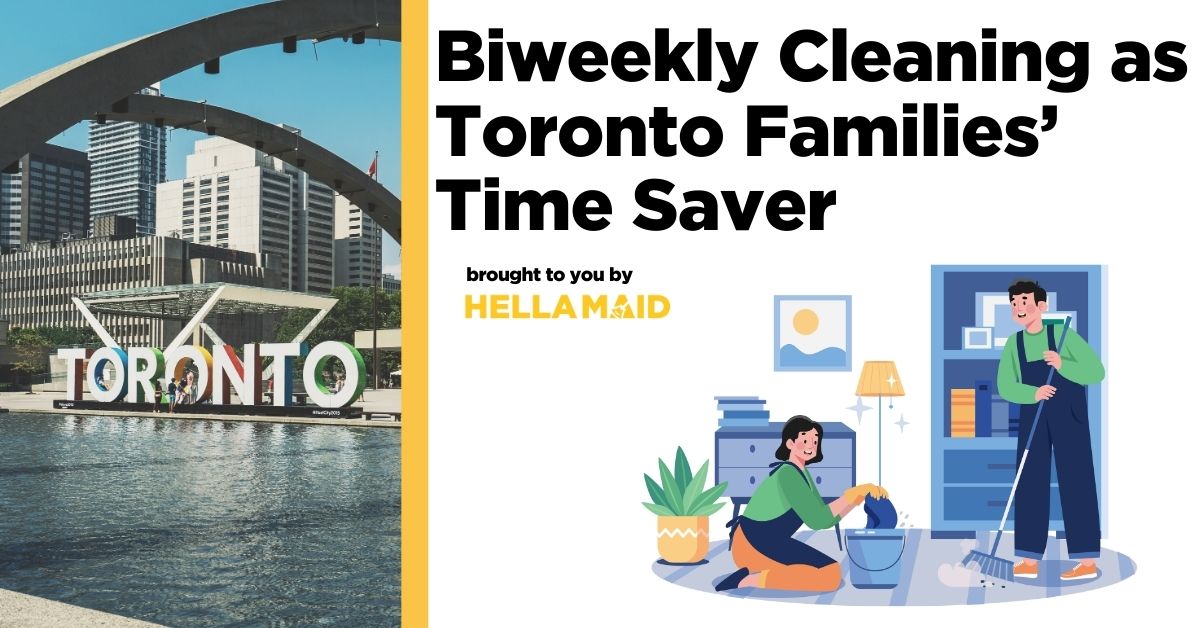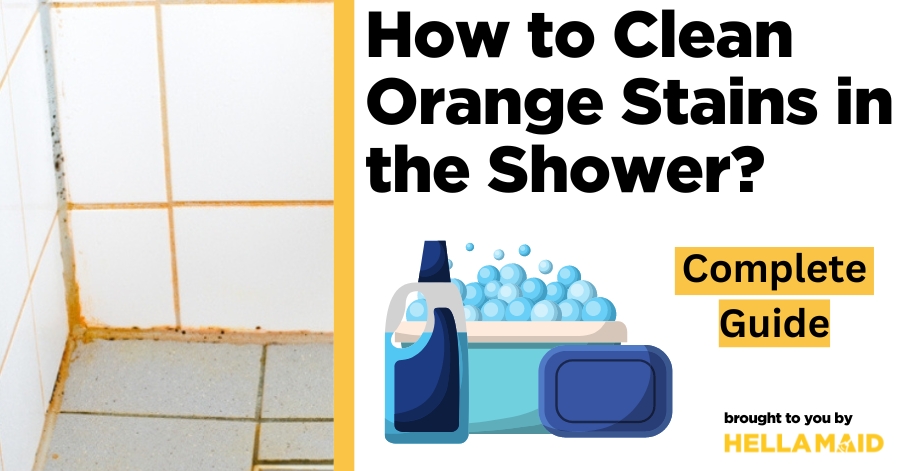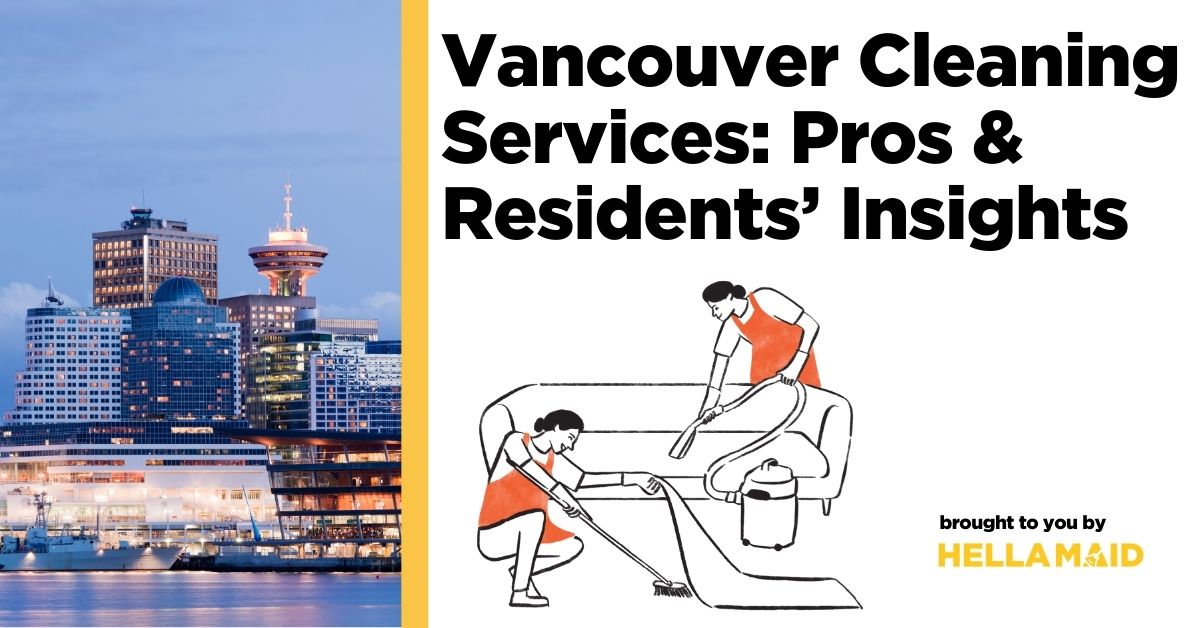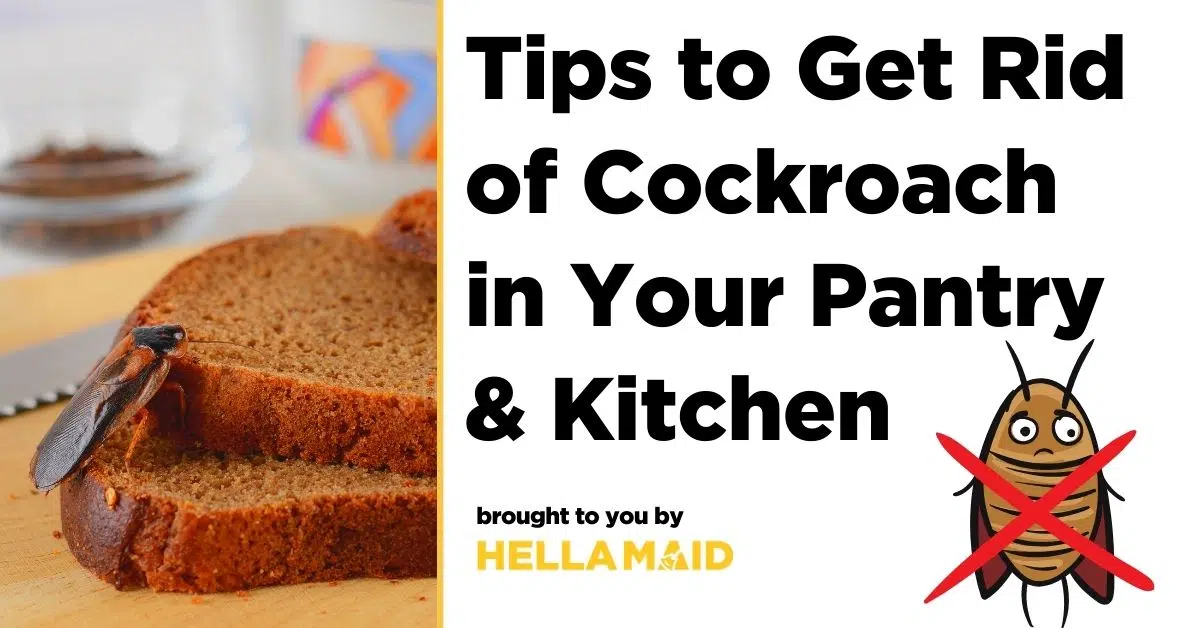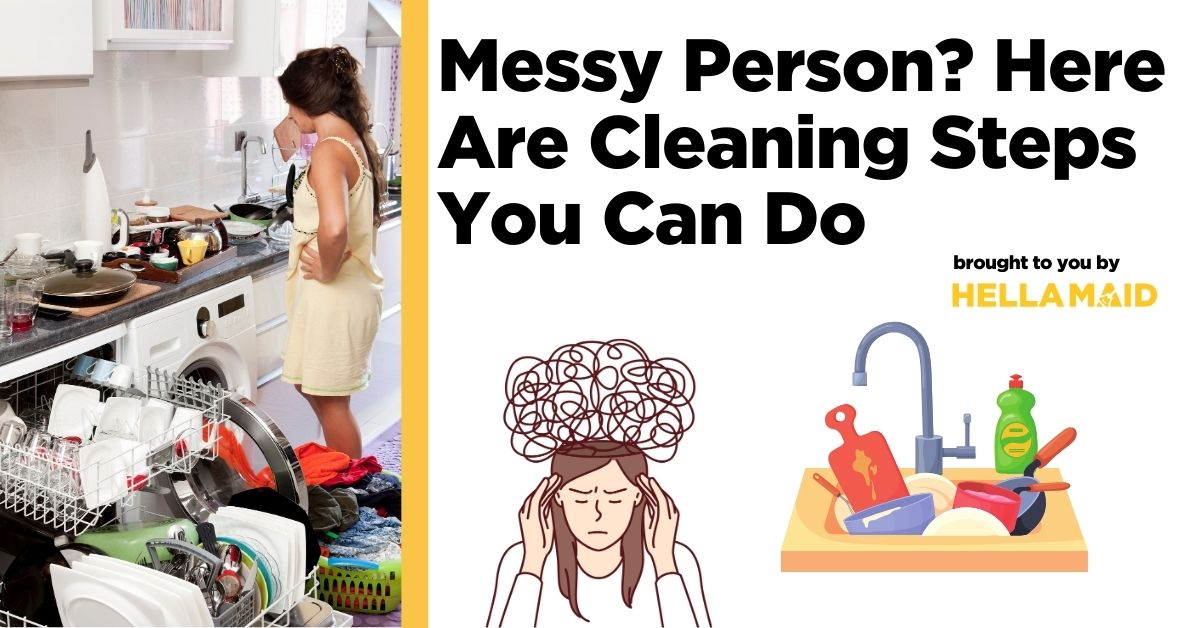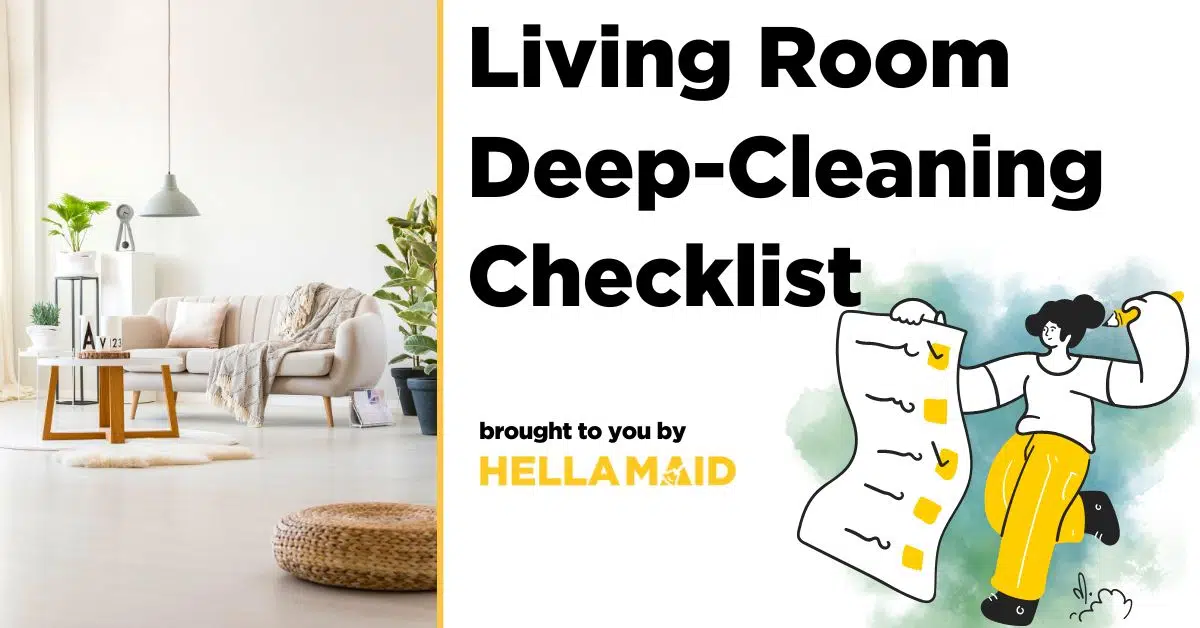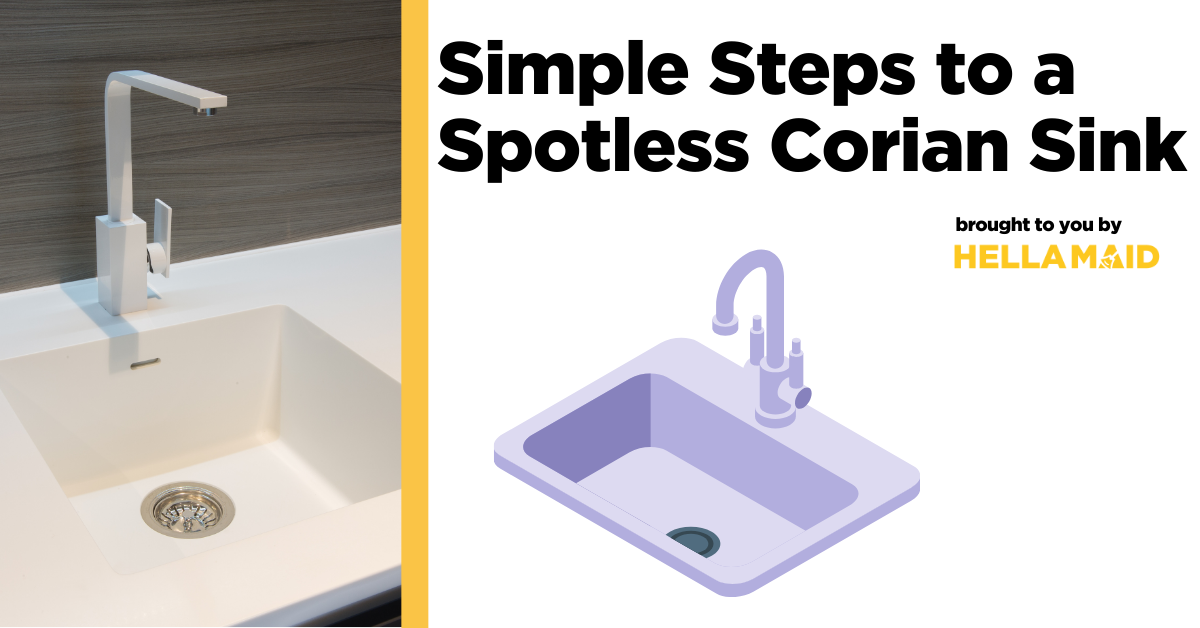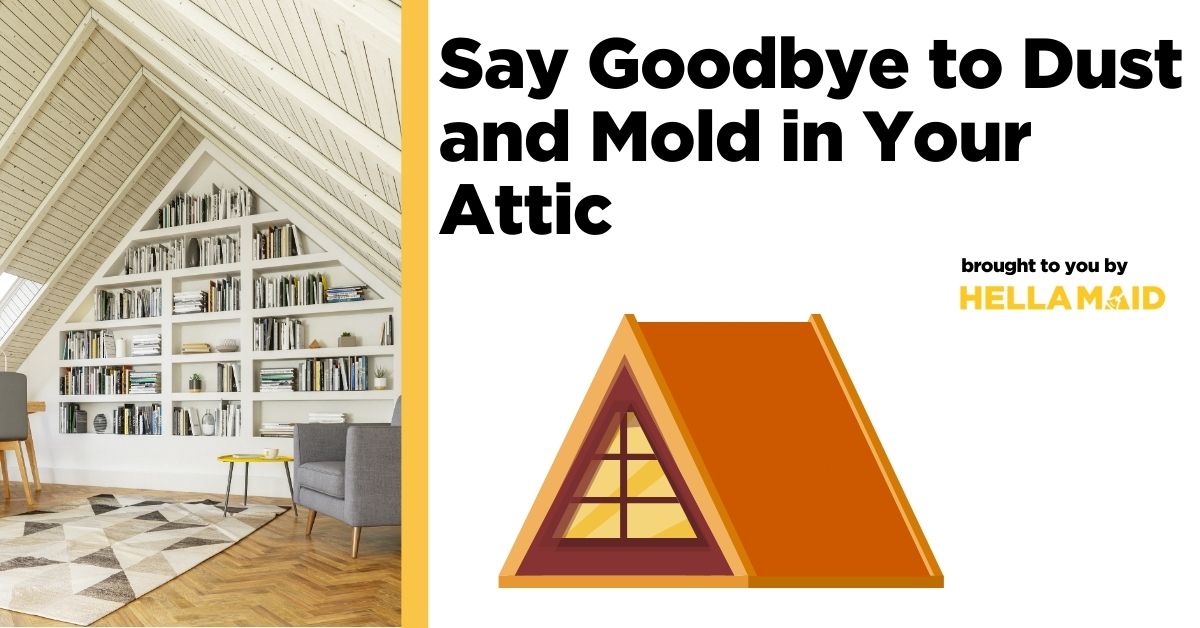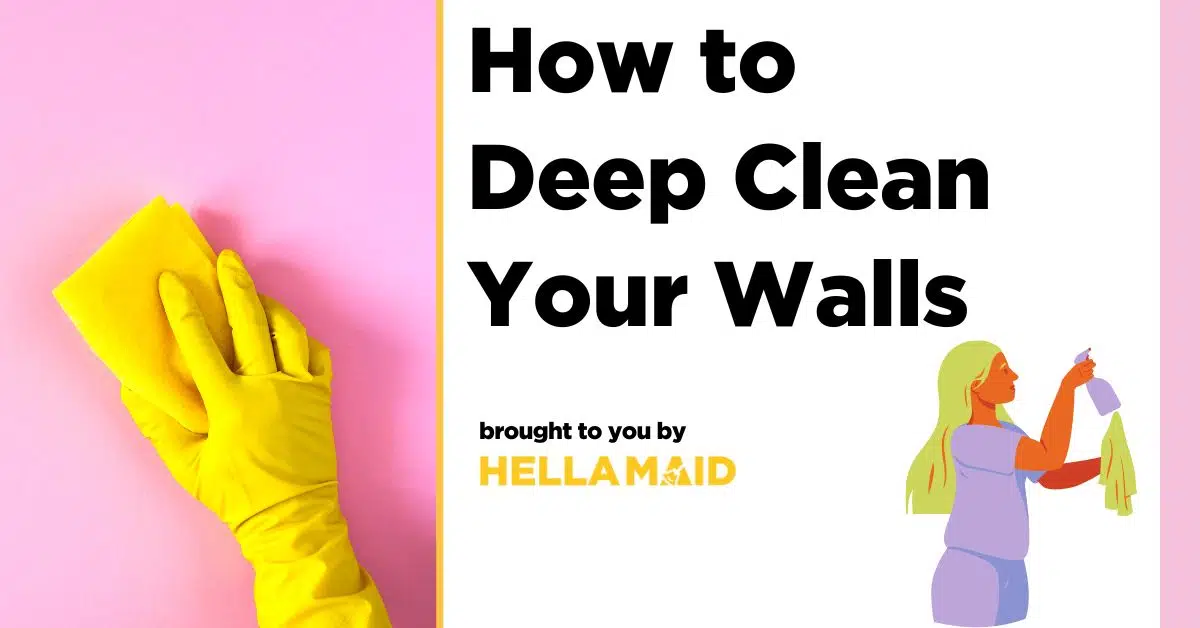Looking to keep your Milton home clean without relying on harsh chemicals? You’re not alone. Many homeowners today are turning to safer, eco-friendly ways to clean their spaces. Choosing green alternatives doesn’t just help the environment, it also creates a healthier space for your family and pets.
In this blog, we’ll walk you through practical eco-friendly house cleaning tips for Milton homes that you can apply starting today.
Simple Eco-Friendly Cleaning Tips to Start Today
Ready to begin your green cleaning journey? These foundational tips will help you create a healthier home environment while protecting our beautiful Milton community.
1. Use Natural Ingredients From Your Kitchen
Your kitchen pantry is a treasure trove of powerful cleaning agents. These common ingredients can tackle most cleaning challenges:
- White Vinegar – This acidic powerhouse cuts through grease, removes soap scum, and eliminates odors. Mix equal parts water and vinegar for an all-purpose cleaner.
- Baking Soda – Perfect for scrubbing and deodorizing. Its gentle abrasive properties make it ideal for cleaning sinks, tubs, and even carpets.
- Lemon Juice – The natural citric acid breaks down stains and leaves a fresh scent. It’s particularly effective on mineral deposits and water stains.
- Castile Soap – Made from plant oils, this gentle soap creates the perfect base for homemade cleaners without harmful chemicals.
2. Make DIY All-Purpose Cleaners
Creating your own eco-friendly house cleaning solutions is surprisingly simple. Here are three tried-and-tested recipes:
| Cleaner Type | Ingredients | Use Instructions |
|---|---|---|
| Basic All-Purpose Cleaner | – 2 cups warm water – 1/2 cup white vinegar – 1/4 cup rubbing alcohol – 1–2 drops liquid dish soap |
Mix in a spray bottle. Shake well before each use. Great for everyday surfaces. |
| Citrus Fresh Cleaner | – 2 cups water – 1/2 cup white vinegar – 1/4 cup lemon juice – Lemon peels (optional) |
Combine in a spray bottle. Adds a fresh citrus scent while cleaning. |
| Heavy-Duty Degreaser | – 2 cups warm water – 1/2 cup white vinegar – 1/4 cup baking soda – 1 tbsp castile soap |
Mix ingredients slowly in a spray bottle. Ideal for kitchen grease and tough stains. |
Note: These cleaners work just as effectively as store-bought versions without the harsh chemicals.
3. Switch to Reusable Cleaning Tools
Reducing waste is a crucial part of eco-friendly cleaning. Replace single-use items with these sustainable alternatives:
- DIY cleaning wipes or microfiber cloths instead of paper towels
- Washable mop pads rather than disposable ones
- Natural sponges made from plant fibers
- Bamboo scrub brushes for tough cleaning jobs
- Glass spray bottles for storing homemade cleaners
These tools last longer, perform better, and significantly reduce your household waste.
4. Choose Eco-Certified Cleaning Products
When buying ready-made products, look for these trusted certifications:
- EPA Safer Choice label
- Green Seal certification
- ECOLOGO/UL standards
- Cradle to Cradle Certified products
These certifications ensure the products meet Canada’s strict environmental and health standards. Always read ingredient lists and avoid products with phosphates, chlorine, ammonia, or synthetic fragrances.
Eco-Friendly House Cleaning Tips for Every Room in Your Milton Home
Different rooms require different approaches, but green cleaning works everywhere in your home.
How to Green Clean Your Kitchen
The kitchen needs special attention since it’s where you prepare food. Here’s how to keep it sparkling clean naturally:
- Wipe Surfaces Daily: Use a 50/50 vinegar-water mix for counters, and clean the microwave with lemon-water steam.
- Freshen the Sink: Scrub with baking soda and half a lemon to deodorize and shine.
- Deep Clean Weekly: Degrease the stovetop, mop floors with castile soap, and wipe fridge shelves with mild soap.
- Tackle Monthly Tasks: Clean the oven with baking soda paste, descale your coffee maker with vinegar, and refresh cabinets with an all-purpose cleaner.
- Keep It Natural: Stick to DIY cleaners using ingredients like vinegar, baking soda, lemon, and castile soap for a healthy, eco-friendly kitchen.
How to Green Clean Your Bathroom
Bathrooms can harbor germs and mildew, but eco-friendly solutions handle these challenges effectively:
- Toilet Cleaning: Pour 1/2 cup baking soda and 1/4 cup vinegar into the bowl. Let it fizz for 15 minutes, then scrub and flush.
- Shower and Tub: Mix equal parts dish soap and vinegar in a spray bottle. Heat the vinegar first for extra power. Spray, let sit for 30 minutes, then scrub.
- Mirror and Glass: Use a solution of 1 cup water, 1/4 cup vinegar, and 2 drops of liquid soap. Wipe with newspaper for a streak-free finish.
- Mould and Mildew: Mix 2 parts water with 1 part hydrogen peroxide. Spray on affected areas and let air dry.
How to Green Clean Your Living Room & Bedrooms
These spaces need gentle but effective cleaning to maintain comfort and air quality:
- Dusting: Use slightly damp microfiber cloths to trap dust instead of spreading it around. For wood furniture, mix 1/2 cup olive oil with 1/4 cup lemon juice.
- Carpet Cleaning: Sprinkle baking soda on carpets, let sit for 15 minutes, then vacuum. For stains, mix 1 part white vinegar with 2 parts water.
- Upholstery: Most fabric furniture can be cleaned with a solution of 1/4 cup white vinegar, 3/4 cup warm water, and 1 tablespoon dish soap.
- Air Freshening: Instead of chemical air fresheners, simmer cinnamon sticks and orange peels on the stove, or place bowls of baking soda around the room.
How to Stay Consistent with Green Cleaning?
Shifting to eco-friendly cleaning is more than a one-time switch, it’s a lifestyle. Staying consistent helps you build habits that make cleaning feel easier and more rewarding over time. The key is to find a routine that fits your schedule and household needs.
1. Set a Cleaning Schedule
A simple routine makes green cleaning more manageable and less overwhelming. Break tasks into daily, weekly, and monthly efforts to keep things running smoothly without stress.
Spend just 5–10 minutes a day wiping kitchen counters, loading the dishwasher, and doing a quick bathroom wipe. Each week, carve out time to vacuum, dust, clean the bathrooms, and refresh your bedding. Monthly, take on bigger tasks like deep-cleaning appliances, decluttering, or washing windows and light fixtures.
2. Get the Whole Family Involved
Sustainable habits stick better when everyone participates. Assign tasks based on age and ability, so no one feels overwhelmed and everyone contributes to a cleaner, greener home.
Young children can help with simple cleaning jobs like putting toys away or dusting with a microfiber cloth. Older kids can load the dishwasher, vacuum small areas, and organize their things. Teens can take on bigger responsibilities like bathroom cleaning or laundry. Make it fun by playing music, turning tasks into games, or letting kids join in on making homemade cleaners.
3. Use Local Resources for Support
You’re not alone in your eco-cleaning journey. Milton has several local resources to support your lifestyle and keep you inspired.
Visit health food stores that stock eco-friendly products and bulk ingredients for your DIY cleaners. Many staff are happy to offer green cleaning tips. Join local social media groups to discover recipes and recommendations from others in your area. You can also explore workshops hosted by environmental organizations across the GTA to deepen your knowledge.
4. Hire a Green Cleaning Professional
If life gets too busy, hiring a green cleaning service can help you stay on track. A professional deep clean every now and then gives you a fresh start, and peace of mind.
When choosing a cleaner, ask if they use eco-certified products and HEPA-filter vacuums. Be clear about your preferences and check reviews for green-friendly feedback. And always make sure the company is licensed and insured. Once the heavy lifting is done, it’s easier to keep things up with your own routine.
Avoid These Common Green Cleaning Mistakes
Even with the best intentions, some mistakes can reduce the effectiveness of your eco-friendly cleaning efforts.
Which Cleaning Ingredients Should You Never Mix?
Safety is paramount when creating homemade cleaners. Never mix these combinations:
- Vinegar + Hydrogen Peroxide – Creates potentially harmful peracetic acid
- Vinegar + Bleach – Produces dangerous chlorine gas
- Baking Soda + Vinegar for Storage – They neutralize each other when combined ahead of time
- Different Commercial Products – Can create toxic fumes
Always use one cleaner at a time and never mix store-bought products with homemade ones.
How Much Essential Oil Is Too Much?
While essential oils add pleasant scents to homemade cleaners, moderation is key:
- Use only 10-15 drops per 16-ounce spray bottle
- Start with fewer drops and add more if needed
- Some people are sensitive to strong scents
- Certain oils can stain fabrics or surfaces
- Always dilute essential oils properly
Remember, the goal is a light, fresh scent, not an overpowering fragrance.
How Can You Tell If a Product Is Truly Eco-Friendly?
Marketing terms like “natural” and “green” aren’t regulated. Look for these indicators of genuine eco-friendly products:
- Transparent Ingredient Lists – Truly green companies list all ingredients clearly
- Third-Party Certifications – Look for the certifications mentioned earlier
- Minimal Packaging – Eco-conscious brands use recyclable, minimal packaging
- Company Values – Research the company’s overall environmental commitment
- Performance Reviews – Check if the product actually works as claimed
Be wary of “greenwashing” – companies that use eco-friendly marketing without making genuinely sustainable products.
Conclusion
Eco-friendly house cleaning isn’t about being perfect, it’s about making better choices for your home, your health, and the planet. Whether you’re switching to reusable tools or mixing up your first DIY spray, every little step counts. And remember, you’re not alone, there’s help if you need it.
Still Not Sure Where to Start? We’ve Got Your Green Cleaning
Trying to do everything yourself can feel overwhelming, but it doesn’t have to be. Whether you need a one-time deep clean or regular eco-friendly support, Hellamaid offers professional green cleaning services right here in Milton.
We ensure to use safe, non-toxic products and sustainable methods to help you keep your space spotless, without compromising your values.






